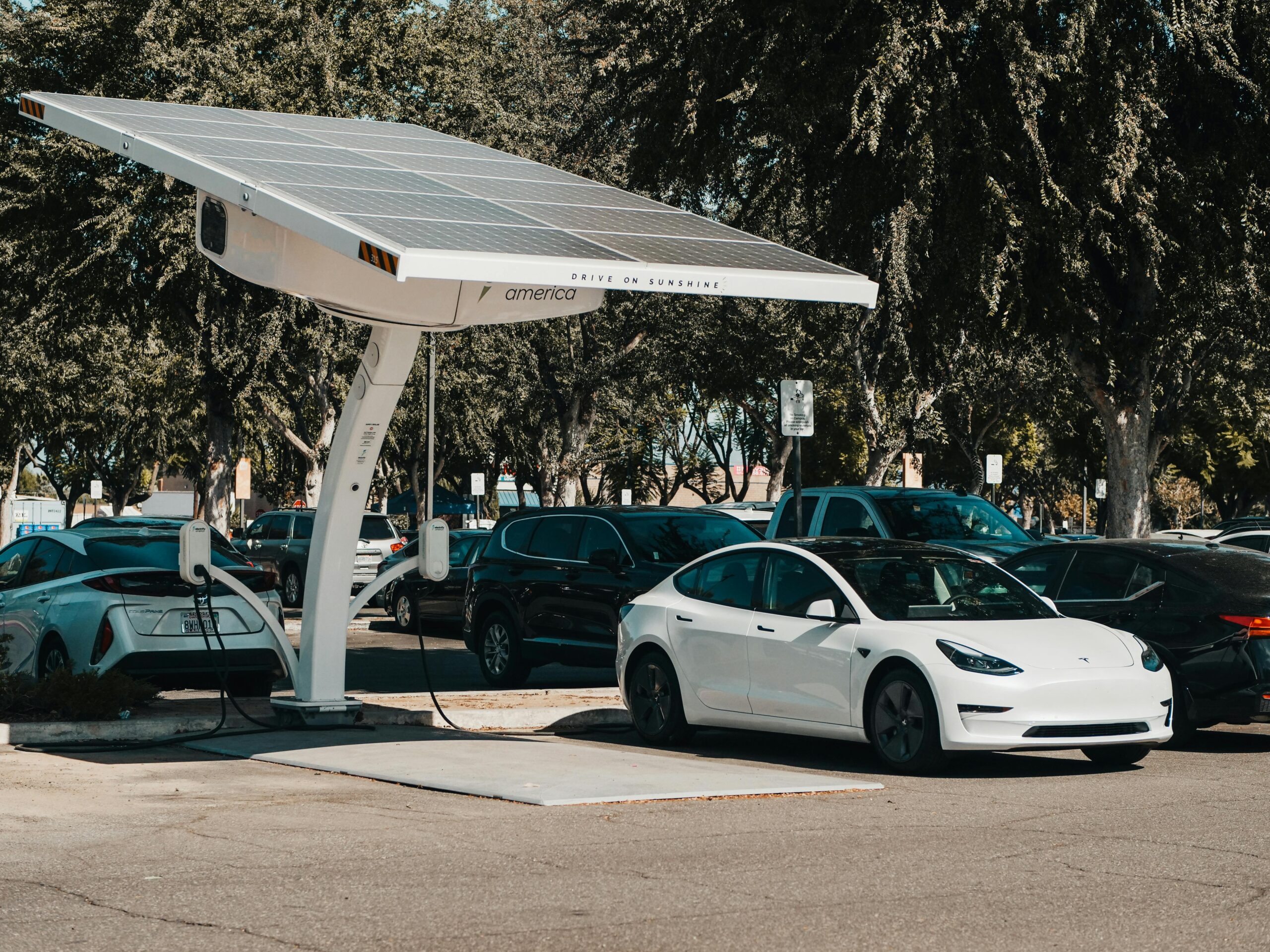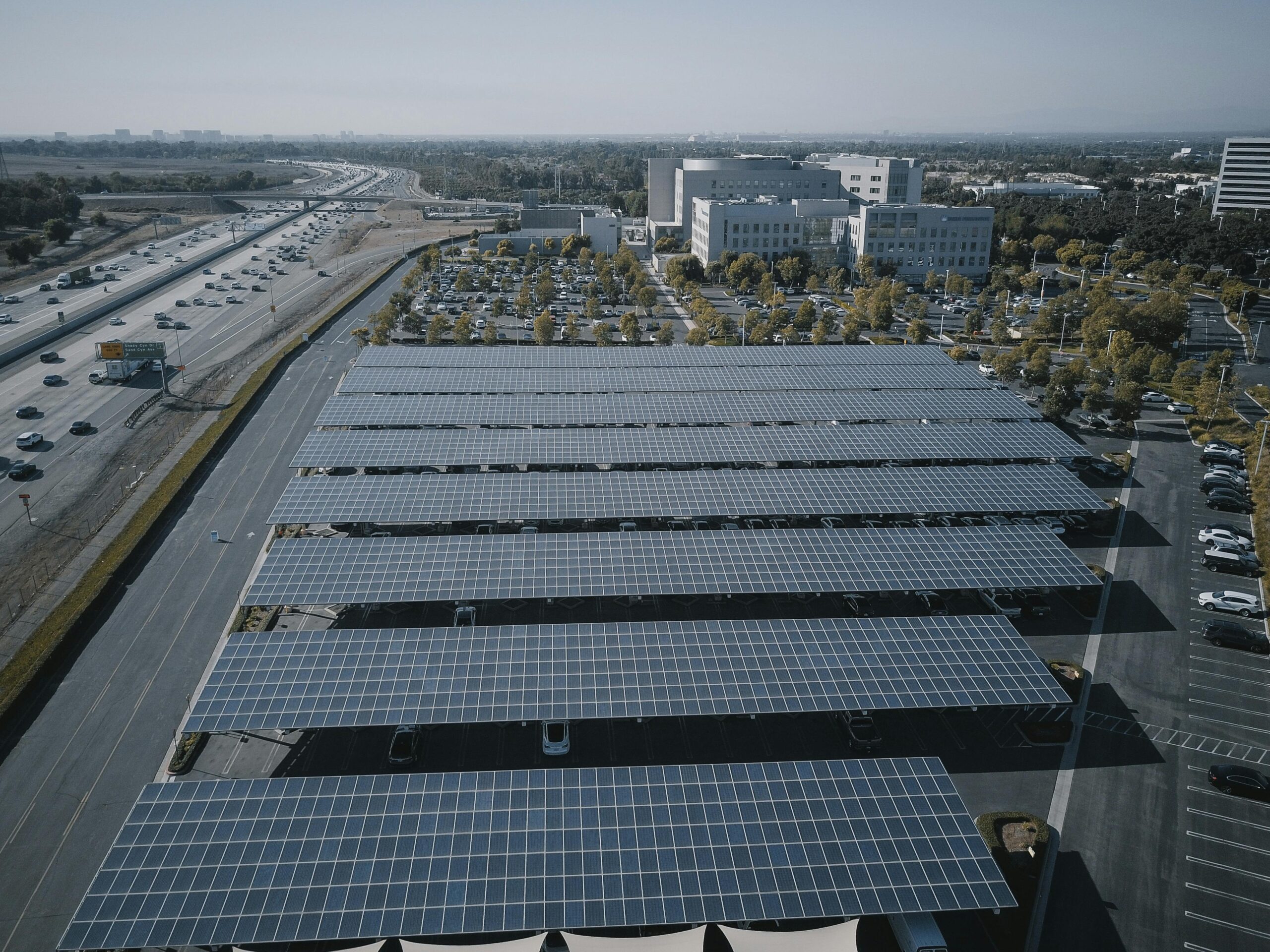The transportation sector stands at a pivotal crossroads, where electric vehicles and advanced charging infrastructure converge to reshape our mobility landscape and environmental future.
⚡ The Dawn of Electric Mobility Revolution
Electric vehicles have transitioned from futuristic concepts to mainstream reality within remarkably few years. This transformation represents more than technological advancement—it signals a fundamental shift in how society approaches transportation, energy consumption, and environmental stewardship. The charging ecosystem supporting this revolution has become the backbone enabling widespread EV adoption, creating networks that rival traditional fuel station infrastructure in sophistication and accessibility.
The journey toward electrified transportation began with modest charging solutions, primarily home-based systems that served early adopters. Today’s landscape presents a complex, interconnected network of charging stations utilizing various technologies, payment systems, and power delivery methods. This evolution reflects not only technological progress but also changing consumer expectations, regulatory frameworks, and environmental imperatives driving the transition away from fossil fuels.
Understanding the Charging Infrastructure Hierarchy
Electric vehicle charging infrastructure operates across three distinct levels, each serving specific needs within the transportation ecosystem. Level 1 charging utilizes standard household outlets, providing approximately 2-5 miles of range per hour. While slow, this method remains accessible and cost-effective for overnight charging at residential locations. Level 2 charging stations deliver substantially faster charging speeds, typically adding 10-60 miles of range hourly, making them ideal for workplace installations, public parking facilities, and multi-unit residential buildings.
DC fast charging, often called Level 3, represents the apex of current charging technology. These high-powered stations can replenish 80% of battery capacity within 20-40 minutes, transforming long-distance travel feasibility for electric vehicles. The rapid expansion of DC fast charging networks along major transportation corridors has effectively eliminated range anxiety for many potential EV buyers, fundamentally altering the value proposition of electric mobility.
🔌 The Technical Evolution Behind Charging Standards
Charging standards have undergone significant evolution, with multiple protocols competing for market dominance. The Combined Charging System (CCS) has emerged as the predominant standard across North American and European markets, offering both AC and DC charging capabilities through a single connector design. CHAdeMO, developed in Japan, maintains substantial presence particularly in Asian markets and among earlier EV models.
Tesla’s proprietary Supercharger network represented a closed ecosystem until recent developments toward standardization. The company’s decision to open portions of its network and adopt industry standards signals maturation within the charging infrastructure sector. This interoperability improvement benefits consumers through expanded charging options and reduces infrastructure redundancy, accelerating overall network development.
Smart Charging Technologies Transforming Energy Management
Modern charging ecosystems incorporate sophisticated software systems that optimize energy distribution, pricing, and grid integration. Smart charging technologies enable dynamic load management, preventing grid overload during peak demand periods while maximizing renewable energy utilization during high-generation times. These systems communicate bidirectionally between vehicles, charging stations, and utility providers, creating an intelligent energy distribution network.
Vehicle-to-grid (V2G) technology represents perhaps the most transformative aspect of smart charging evolution. This capability allows electric vehicles to function as mobile energy storage units, feeding electricity back into the grid during high-demand periods. As EV adoption scales, this distributed energy storage capacity could fundamentally reshape grid architecture, providing stability and supporting renewable energy integration.
📱 Mobile Applications Revolutionizing User Experience
Digital platforms have become essential components of the charging ecosystem, connecting drivers with available stations, enabling seamless payment processing, and providing real-time status updates. Applications like PlugShare aggregate charging station locations across multiple networks, offering user reviews, availability status, and navigation assistance. This crowdsourced approach creates transparency and reliability for EV drivers planning routes.
ChargePoint operates one of the world’s largest charging networks, with their mobile application providing access to thousands of stations while managing payments, tracking energy usage, and scheduling charging sessions. The integration of such platforms into the broader mobility ecosystem demonstrates how digital infrastructure complements physical charging networks.
The Economic Landscape of Charging Infrastructure
Deploying comprehensive charging networks requires substantial capital investment, with costs varying dramatically based on charging level and installation complexity. Level 2 stations typically cost between $3,000-$7,500 per port including installation, while DC fast chargers represent investments of $50,000-$150,000 or more. These figures encompass equipment procurement, electrical infrastructure upgrades, permitting, and ongoing maintenance requirements.
Business models supporting charging infrastructure continue evolving beyond simple transactional approaches. Many operators now view charging stations as amenity services attracting customers to retail locations, restaurants, and entertainment venues. This destination charging strategy creates value beyond direct charging revenue, generating foot traffic and extended dwell times that benefit host businesses.
💰 Emerging Revenue Models and Financial Sustainability
Subscription services have gained traction among frequent EV users, offering unlimited or discounted charging for monthly fees. This predictable revenue stream benefits operators while providing cost savings and convenience for consumers. Demand-based pricing structures adjust rates according to grid conditions, time of day, and station utilization, optimizing revenue while encouraging off-peak charging behavior.
Advertising and data monetization represent additional revenue streams for charging network operators. Digital displays at charging stations create opportunities for targeted advertising while vehicles charge. Anonymized usage data provides valuable insights for urban planning, energy management, and transportation analysis, generating potential licensing revenue while supporting infrastructure optimization.
Environmental Impact and Sustainability Considerations
The environmental benefits of electric vehicles depend fundamentally on the energy sources powering charging infrastructure. Regions with electricity generation heavily reliant on coal or natural gas realize fewer emissions reductions compared to areas dominated by renewable energy. This reality underscores the importance of parallel investments in clean energy generation alongside charging infrastructure expansion.
Solar-powered charging stations represent an increasingly viable approach, particularly in sun-rich regions. These installations combine photovoltaic arrays with battery storage systems, enabling zero-emission charging while reducing grid dependency. The falling costs of solar technology and energy storage have made such systems economically competitive with grid-connected alternatives in many markets.
🌱 Lifecycle Analysis and Circular Economy Principles
Comprehensive sustainability assessment extends beyond operational emissions to encompass manufacturing impacts, material sourcing, and end-of-life management. Charging equipment manufacturers increasingly adopt circular economy principles, designing products for longevity, repairability, and eventual recycling. Battery systems powering energy storage at charging stations often utilize second-life EV batteries, extending useful life and reducing waste.
The materials used in charging infrastructure construction present both challenges and opportunities. Copper, rare earth elements, and specialized electronics require responsible sourcing and recycling protocols. Industry initiatives promoting supply chain transparency and ethical material procurement help ensure the transition to electric mobility doesn’t simply shift environmental burdens elsewhere.
Regulatory Frameworks Shaping Infrastructure Development
Government policies profoundly influence charging infrastructure deployment through funding mechanisms, building codes, and accessibility requirements. Many jurisdictions now mandate EV charging infrastructure in new construction, establishing minimum percentages of parking spaces equipped with charging capabilities. These requirements create predictable demand while normalizing charging access across residential and commercial properties.
Federal and regional incentive programs have catalyzed private sector investment in charging networks. Tax credits, grants, and low-interest loans reduce financial barriers for businesses and property owners considering charging station installations. Public-private partnerships leverage government funding to accelerate network expansion while transferring operational responsibilities to private entities with relevant expertise.
🏛️ Interoperability Standards and Consumer Protection
Regulatory bodies increasingly focus on interoperability requirements ensuring drivers can access multiple networks without proprietary memberships or specialized payment methods. Open payment standards allowing credit card transactions at charging stations remove barriers for occasional users and visitors unfamiliar with regional networks. These consumer protection measures promote competition while enhancing user experience.
Pricing transparency regulations combat confusion surrounding charging costs, requiring clear display of rates before transactions begin. Standardized units for electricity sales and consistent billing practices help consumers compare options and make informed decisions. Such regulatory clarity builds trust in the charging ecosystem while preventing predatory pricing practices.
Urban Planning and the Charging Infrastructure Integration
Cities worldwide are reimagining urban spaces to accommodate electric vehicle charging infrastructure. Street-level charging solutions transform curbside parking into functional charging locations, addressing the challenge faced by residents without dedicated parking. These installations require careful coordination with existing infrastructure including streetlights, utilities, and pedestrian pathways.
Municipal parking facilities present strategic locations for charging infrastructure deployment, serving both residents and commuters. Multi-story garages can integrate charging across numerous spaces efficiently, leveraging shared electrical infrastructure and management systems. This concentration of charging capability supports dense urban environments where home charging proves impractical for many residents.
🏙️ Destination Charging as Urban Amenity
Shopping districts, cultural venues, and recreational facilities increasingly view charging infrastructure as essential amenities comparable to public restrooms or WiFi access. This shift reflects growing EV ownership rates and the competitive advantage provided by convenient charging access. Urban planners now incorporate charging infrastructure into comprehensive transportation strategies, viewing it as integral to sustainable mobility goals.
Workplace charging programs have proven particularly effective in supporting EV adoption, allowing employees to recharge during work hours. These installations reduce demands on residential and public charging networks while providing employers with sustainability credentials attractive to environmentally conscious talent. Many organizations view workplace charging as part of comprehensive benefits packages supporting modern workforce expectations.
The Future Trajectory of Charging Technology
Emerging technologies promise to further transform the charging landscape. Ultra-fast charging systems delivering 350 kW or more can replenish batteries in minutes rather than hours, approaching refueling speed parity with conventional vehicles. These systems require substantial electrical infrastructure and advanced battery thermal management but eliminate time disadvantages previously associated with electric vehicles.
Wireless charging technology, though currently limited to lower power applications, holds potential for seamless integration into parking spaces and roadways. Inductive charging systems eliminate cables entirely, automatically initiating charging when vehicles park over embedded charging pads. While efficiency and cost challenges remain, ongoing development may eventually make wireless charging practical for mainstream applications.
🚀 Battery Technology Advancements Enabling Faster Charging
Next-generation battery chemistries promise improved energy density, faster charging capabilities, and enhanced safety characteristics. Solid-state batteries eliminate liquid electrolytes, potentially enabling rapid charging without degradation concerns limiting current lithium-ion technology. These advances could fundamentally alter charging infrastructure requirements, reducing the total number of stations needed while improving user experience.
Battery management systems are becoming increasingly sophisticated, optimizing charging curves to balance speed with longevity. Machine learning algorithms analyze individual battery conditions, adjusting charging parameters to maximize performance while minimizing degradation. This intelligent approach extends battery life while maintaining charging convenience, addressing concerns about long-term EV ownership costs.
Overcoming Remaining Barriers to Universal Adoption
Despite remarkable progress, significant challenges remain in achieving truly universal charging access. Rural and underserved communities often lack adequate charging infrastructure, creating equity concerns and limiting EV viability for residents in these areas. Targeted investment programs and innovative deployment strategies are necessary to ensure the benefits of electric mobility reach all populations.
Grid capacity constraints in some regions limit the pace of charging infrastructure expansion. Upgrading electrical distribution systems requires coordination between utilities, regulators, and infrastructure developers. Strategic planning can mitigate these challenges through phased deployment aligned with grid improvements and distributed generation resources.

🌍 Building Resilient and Inclusive Charging Networks
The future of sustainable transportation depends on creating charging ecosystems that serve diverse populations, geographic contexts, and use cases. This requires continued innovation in technology, business models, and regulatory frameworks. Collaboration among automakers, energy providers, technology companies, and government entities will determine the success of this transformational shift.
As electric vehicles become increasingly mainstream, charging infrastructure must evolve from specialized networks serving early adopters to ubiquitous utilities comparable to current fuel distribution systems. This transition represents both challenge and opportunity—requiring substantial investment while creating new economic activities and environmental benefits. The charging ecosystems we build today will shape transportation, energy systems, and urban environments for generations to come.
The convergence of renewable energy, smart grid technologies, and electric mobility creates possibilities for truly sustainable transportation systems. By viewing charging infrastructure not merely as vehicle refueling but as integral components of broader energy networks, we unlock potential for innovation that extends far beyond transportation alone. This holistic perspective positions electric charging ecosystems as catalysts for systemic transformation toward sustainability.
Toni Santos is an urban innovation writer and researcher dedicated to exploring how technology, sustainability, and design are reshaping the cities of tomorrow. With a deep interest in smart infrastructure and human-centered development, Toni studies how data-driven systems and green technologies can create more livable, resilient, and efficient urban environments. Fascinated by sustainable architecture, IoT integration, and next-generation mobility, Toni’s work connects environmental awareness with digital transformation. Through research and storytelling, he examines how intelligent planning and renewable innovation can redefine the relationship between people and their cities. Blending urban design, environmental science, and systems thinking, Toni documents the breakthroughs that are reimagining how we build, move, and coexist. His work highlights the architects, engineers, and technologists leading the charge toward smarter, greener futures. His work is a tribute to: Green architecture as the foundation for sustainable living IoT innovation shaping the infrastructure of connected cities Mobility systems and renewable energy driving urban transformation Whether you’re an architect, engineer, or city planner, Toni Santos invites you to explore the technologies and ideas building the smart, sustainable cities of the future — one street, one system, one vision at a time.




